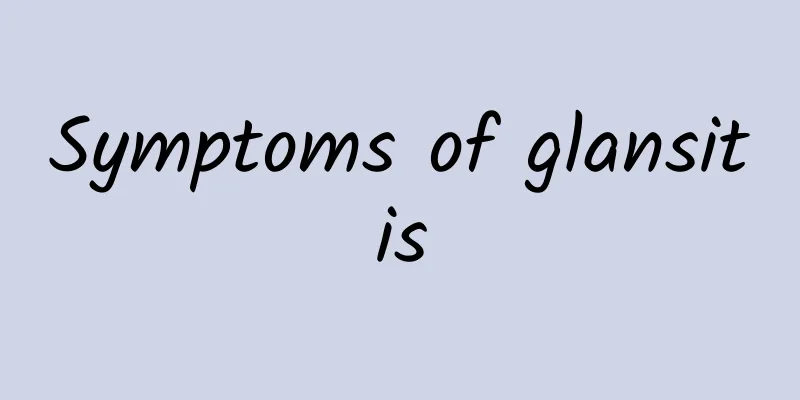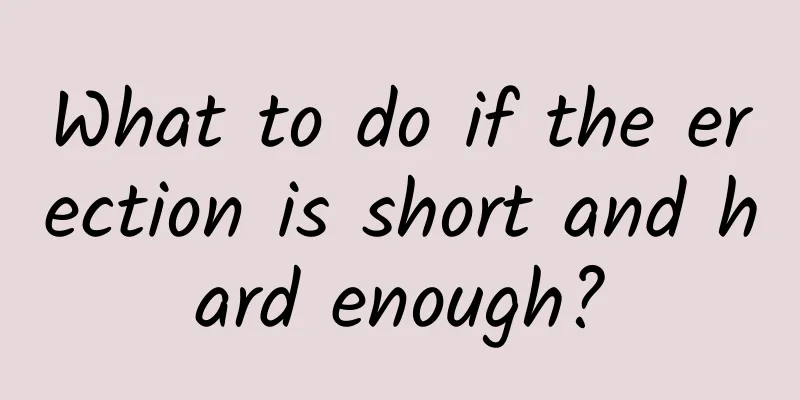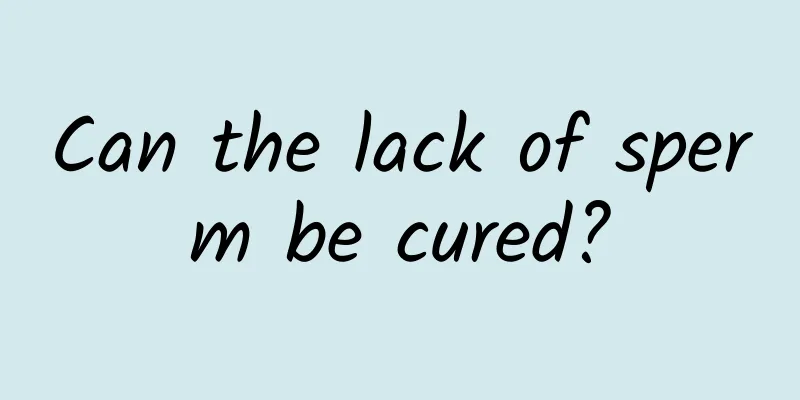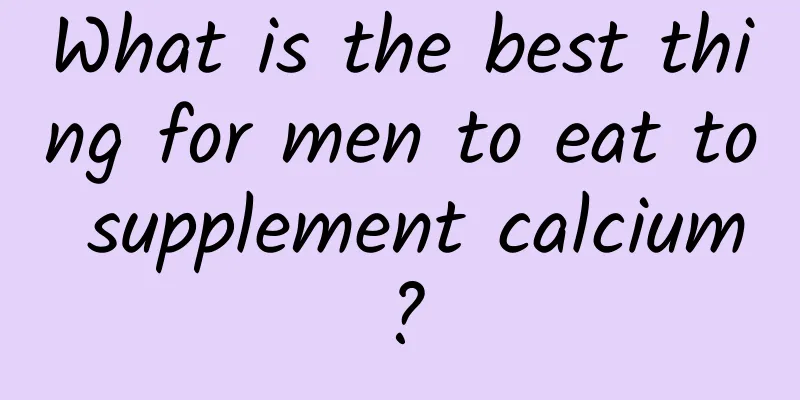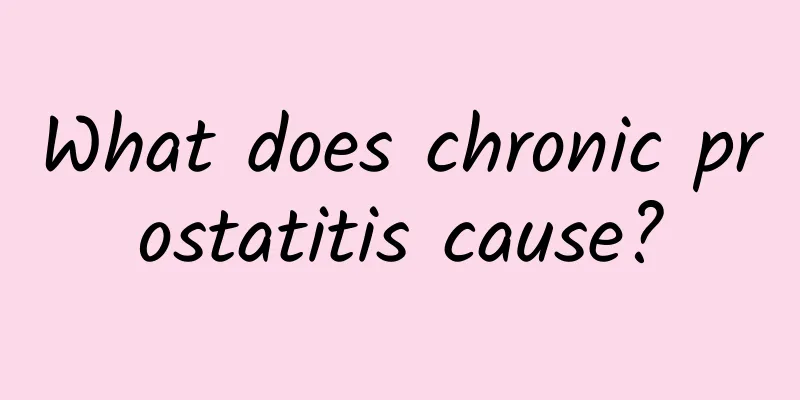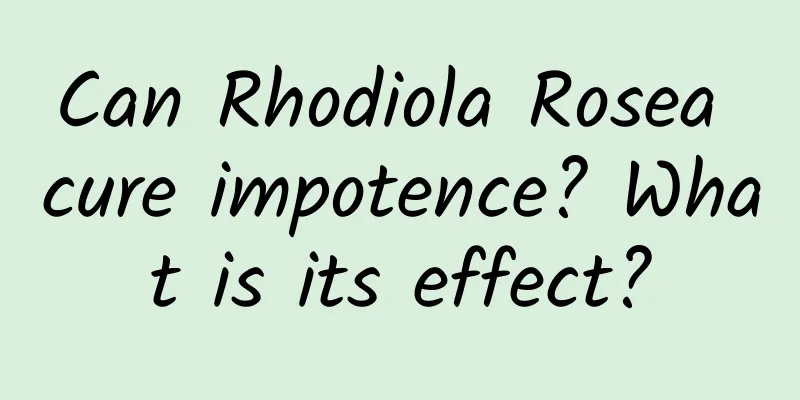Inhibits the synthesis of prostaglandins
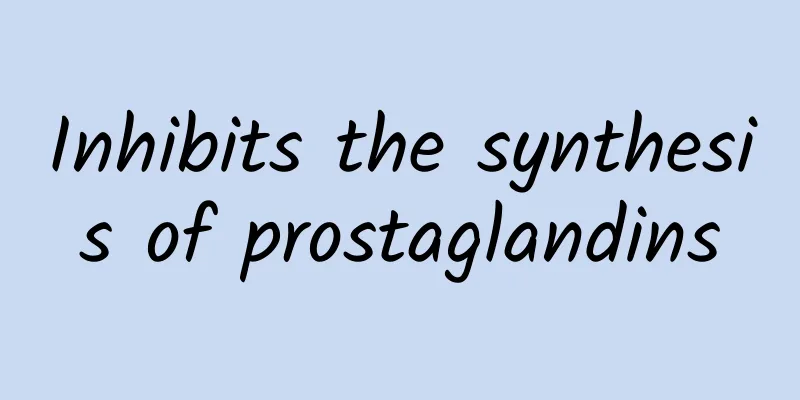
|
Nowadays, many people think about their health every day. All things and actions are for maintaining good health. However, due to some things or some factors, prostate problems may occur. In addition, some people's health is not very good, and if they have diseases, they may have more troubles. If you want to inhibit the synthesis of prostaglandins, you cannot be careless in the method. 1. Physiological functions: After binding to specific receptors, prostaglandins play a key role in mediating a series of cell activities such as cell proliferation, differentiation, and apoptosis, as well as regulating female reproductive function and childbirth, platelet aggregation, and cardiovascular system balance. In addition, prostaglandins are also involved in the pathological process of inflammation, cancer, and various cardiovascular diseases. 2. Synthetic metabolic pathway: Prostaglandins are a class of lipid mediators produced by the enzymatic metabolism of the eicosapentaenoic acid. Arachidonic acid is released from cell membrane phospholipids catalyzed by phospholipase A2 (PLA2) under various physiological and pathological stimuli. Under the action of the cyclooxidation and peroxidation activities of prostaglandin H synthase (PGHS), also known as cyclooxygenase (COX), it is successively converted into prostaglandin intermediate metabolites PGG2 and PGH2. They are then metabolized by different downstream prostaglandin synthases to produce various biologically active prostaglandins, including PGI2, PGE2, PGF2α, PGD2, and thromboxane A2 (TxA2) [10]. COX is a key enzyme in the process of prostaglandin synthesis. There are two isoforms, COX-1 and COX-2, which exist in the form of homodimers or heterodimers on the endoplasmic reticulum membrane and the nuclear membrane. COX-1 and COX-2 have different functions, but are also interconnected. They participate in maintaining homeostasis and prostaglandin synthesis during inflammation. Prostaglandin synthases include PGI2 synthase, PGE2 synthase, PGF2α synthase, PGD2 synthase, and TxA2 synthase (PGIS, PGES, PGFS, PGDS, TxS), which are responsible for the synthesis of PGI2, PGE2, PGF2α, PGD2, and TxA2, respectively. The half-life of prostaglandins is very short, so after prostaglandins are synthesized, they are quickly released outside the cell and bind to membrane receptors near their production sites in an autocrine or paracrine manner to exert their effects. Each prostaglandin has a specific receptor, and all prostaglandin receptors have been cloned, and they belong to the transmembrane G protein-coupled receptor family. 3. Relationship with cardiovascular disease: (I) Atherosclerosis: Atherosclerosis is a chronic vasculitis disease characterized by thickening of the arterial wall, and symptoms are particularly prominent in the coronary arteries of the heart. Damage to vascular endothelial function is considered to be the initiating factor of atherosclerosis. Increased plasma low-density lipoprotein cholesterol, increased free oxygen radicals caused by smoking, hypertension, diabetes, and other genetic factors can all lead to damage to vascular endothelial function and cause atherosclerosis. PGI2 and TxA2 are the main prostaglandins in the cardiovascular system, produced by vascular endothelial cells and platelets, respectively. They have opposite effects on blood vessels and platelets: PGI2 induces vasodilation and inhibits platelet aggregation; TxA2 induces vasoconstriction and is a strong platelet agonist. The balance between PGI2 and TxA2 is a key factor in determining the homeostasis of the cardiovascular system. (ii) Thrombotic diseases: Arterial thrombosis caused by unstable or ruptured plaques caused by atherosclerosis is a clinical syndrome that poses a serious threat to human health. Platelet activation is the central link in thrombosis, and prostaglandins TxA2 and PGI2 play an important role in regulating platelet activation, and are therefore closely related to arterial thrombosis. |
>>: What should I do if the glans penis is enlarged and has a small lump?
Recommend
What causes a chronic cough and how to treat it
Many people are troubled by frequent coughing. No...
Itching on both sides of male genitals
Basically, the appearance, size, and length of ea...
How can men reduce their beer belly the fastest and most effective way?
The literal meaning of beer belly is a big belly ...
Mole physiognomy: Mole physiognomy on men's faces
Moles on the face are different, not only because...
What is scrotal prolapse?
The testicle is one of the male organs that secre...
Psychological causes of premature ejaculation
Find a very serious disease in real life, most of...
How many times can a man ejaculate in one night?
As we all know, men often ejaculate during orgasm...
What is the principle of penis lengthening surgery?
Most men believe that the length of the penis is ...
Mole on the right side of a man's face
In daily life, many people have moles around thei...
What are the dangers of excessive sexual indulgence in men?
In life, some men are immersed in sexual impulses...
The dangers of multiple extracorporeal ejaculation
Many people have multiple extracorporeal ejaculat...
What is the reason for red and yellow urine in men
Reddish-yellow urine is not a normal phenomenon. ...
Teach you how to drink without damaging your liver
Drink white wine and yellow wine warm. Fruit plat...
What to do if the glans nerves are too sensitive
Sensitive sexual nerves can easily cause men to e...
Why does my penis stay hard at night?
Men's penis often becomes hard, especially yo...
